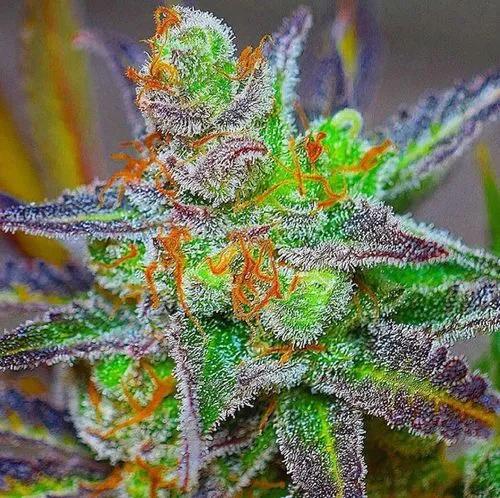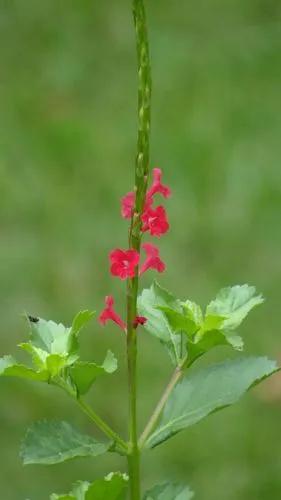Aloiampelos ciliaris формерли classified as Aloe ciliaris, is a fast-growing succulent from the Eastern Cape of South Africa.Aloiampelos ciliaris is commonly called the common climbing aloe. It’s named “ciliaris” due to the white, hair-like teeth appearing around the edges of the leaves and stems.The tall stems of Aloe ciliaris produce large orange-red flowers at the end of the fall season. The flowers typically appear from November to April, depending on the climate.In cooler regions, the blooms may not last as long.
Climbing Aloe Care
Aloe Ciliaris



How to Care for the Plant

Water

Climbing aloe only needs infrequent watering. Water the soil deeply and allow the top 2″ inches to dry completely between watering.Indoor plants may need watering about once per week during the spring and summer. In the fall, it can likely go about two weeks without water. During the winter, water the plant once every three weeks.

Fertilizer

Feed once per month with a 1/2 strength water soluble plant food.

Sunlight

Climbing aloe grows best in full sun. Without plenty of sunlight, the plant may not produce a full bloom. Set it near a window receiving direct sunlight for several hours per day.

Soil

Climbing aloe grows best in sandy or gravelly soil with good drainage. Poor drainage increases the risk of root rot and other disease problems.Using a standard potting mix with extra sand or perlite should create an ideal environment for the plant.

Temperature

It’s native to South Africa, where temperatures rarely drop below freezing during the winter. In North America, Aloe ciliaris is winter hardy in USDA hardiness zones 9b or higher.In cooler climates, it grows well as a potted houseplant.

Popularity

352 people already have this plant 63 people have added this plant to their wishlists
Discover more plants with the list below
Popular articles






